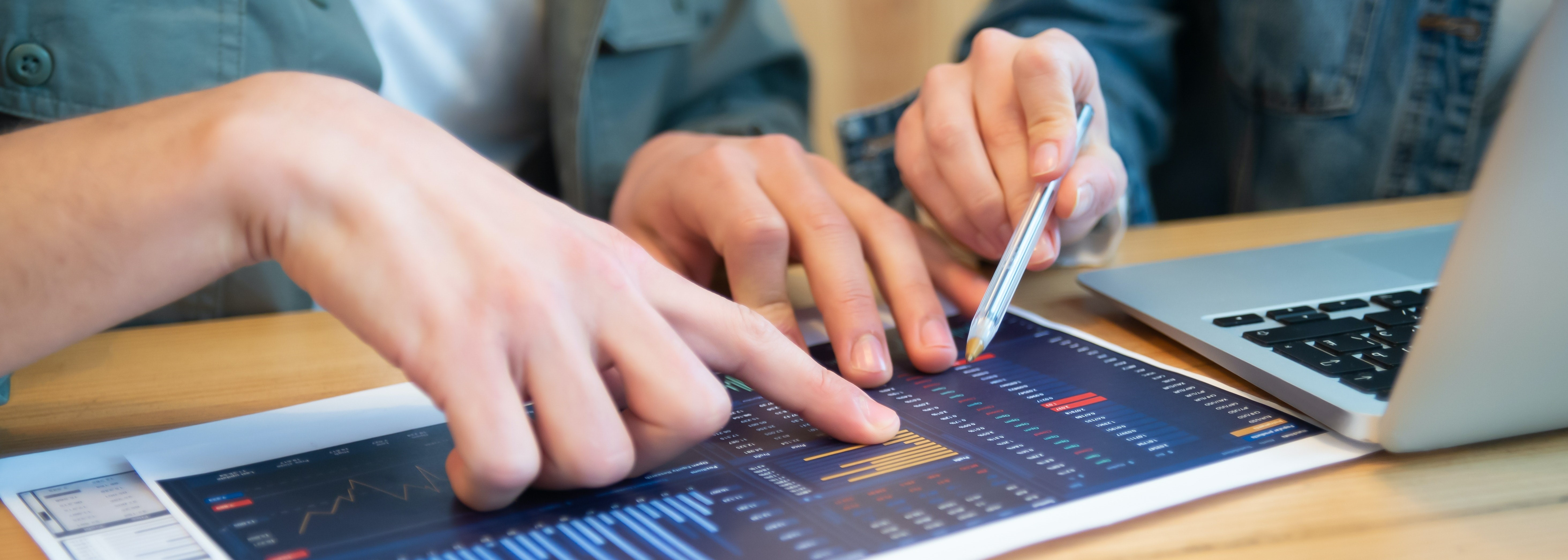What is Predictive Analytics?
Predictive analytics is a subsection of intelligent analytics that makes predictions and forecasts of future outcomes based on historical data, statistical modeling, data mining techniques and machine learning.
Companies use predictive analytics to find patterns in this data to uncover risks and opportunities.
Predictive analytics is often paired with Big Data and data science.
Today, organizations are literally swimming in data that resides in various transactional data beacons, maintenance logs, images, videos, sensors and other sources.
To gain insights from the data collected, data scientists use deep learning and machine learning algorithms to recognize patterns and make predictions about future occurrences.
These predictive models include linear and nonlinear regressions, neural networks, so-called support vector machines and decision diagrams or decision trees.
The knowledge gained from predictive analysis can then be used in prescriptive analysis to use the predictive knowledge as a basis for action.
How can predictive analytics be used in Business?
Predictive analytics allows for a more accurate and reliable view of the future than previous tools. By itself, it can help adopters find ways to save and make money.
Retailers often use business intelligence tools and predictive models to forecast stocking needs, handle shipping schedules and configure store layouts to maximize sales.
Airlines frequently use predictive analytics to determine ticket prices according to past travel trends.
Hotels, restaurants and other hospitality actors can use this technology to project the number of guests for a given night to help maximize occupancy and revenue and manage business decisions or marketing promotions
What Makes Predictive Analytics Different from Other Types of Analytics?
Understanding how predictive analytics can give your business an advantage begins with providing context for the way other sorts of analytics work.
Descriptive analytics will show you what has occurred in the past by looking at historical data and finding patterns. Most organizations that have reached a certain level of maturity in their analytics journey are already doing descriptive analysis to some level.
Diagnostic analysis assists organizations in understanding the "why" behind the "what" of descriptive analysis. It allows them to make better decisions and generate better predictive use cases because of this understanding.
Predictive analytics also uses historical data but predicts what will happen in the future.
Prescriptive analytics goes even further by recommending automated actions you can take to influence those outcomes. It's about enabling the people making the decisions to make the right decisions based on predictions.
Differences between business intelligence and predictive analytics
- The purpose of traditional business analytics was to provide information to users about the historical data performance of their business operations and was used primarily for reporting purposes.
Predictive analytics uses forecasting techniques that assist in solving challenging problems in the business environment. It also makes use of advanced quantitative methods, including both descriptive and predictive data mining, simulations, which can deliver better information about the business compared to traditional analytical approaches used by business analysis.
- Business analytics relies on methods such as query, reporting, dashboards, and OLAP, using a set of metrics focused on past business performance.
On the flipside, predictive analytics assists in predicting future events and exploring raw data patterns that may be more complex to detect.
- With company analytics, analysis is designed to be more replicative based on reporting models that pull specific company-related information to evaluate historical performance.
Predictive analytics first poses a query, and then a set of analyses is conducted to drill down using statistical and quantitative data and algorithms to provide insights into the query.
Hope we provide answers to your interrogations on predictive analytics, predictive models and businness intelligence (Bi)


